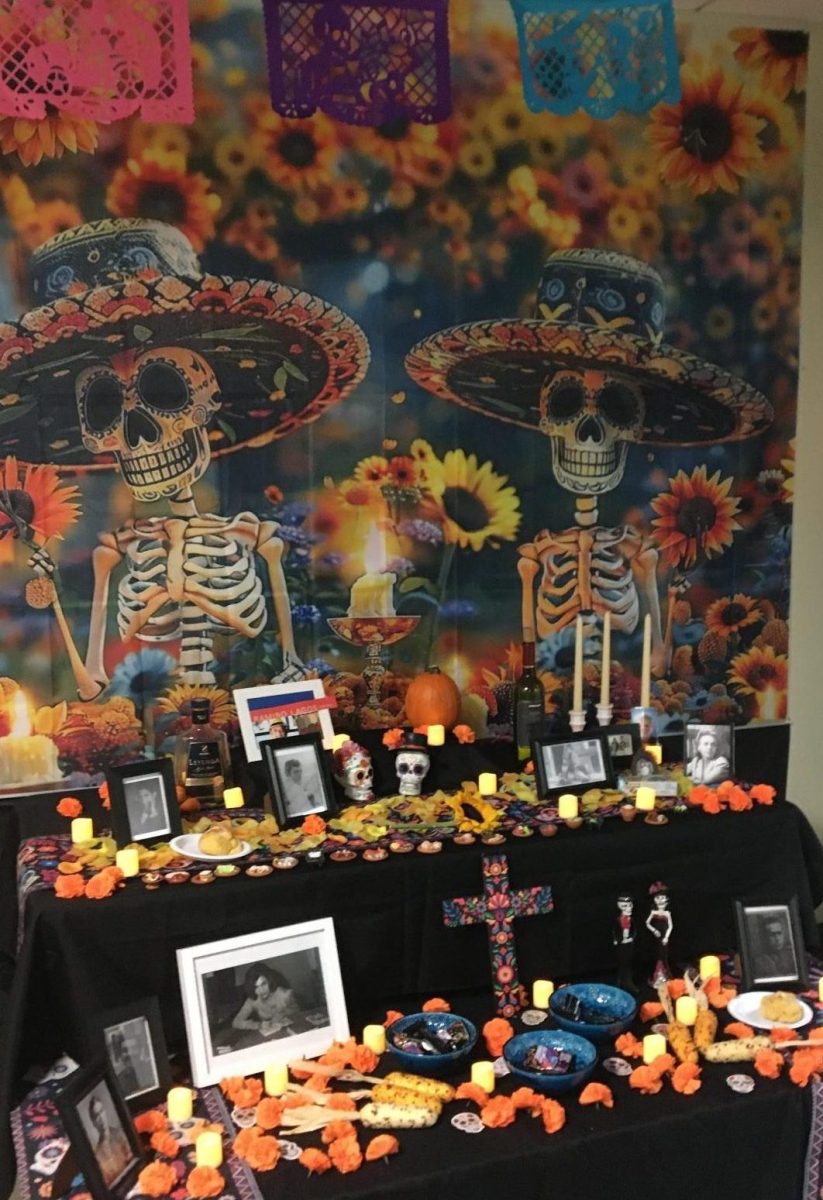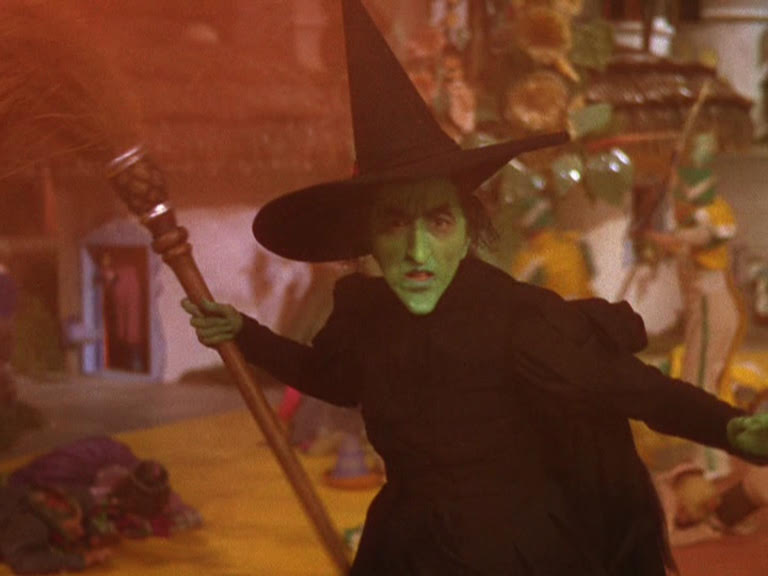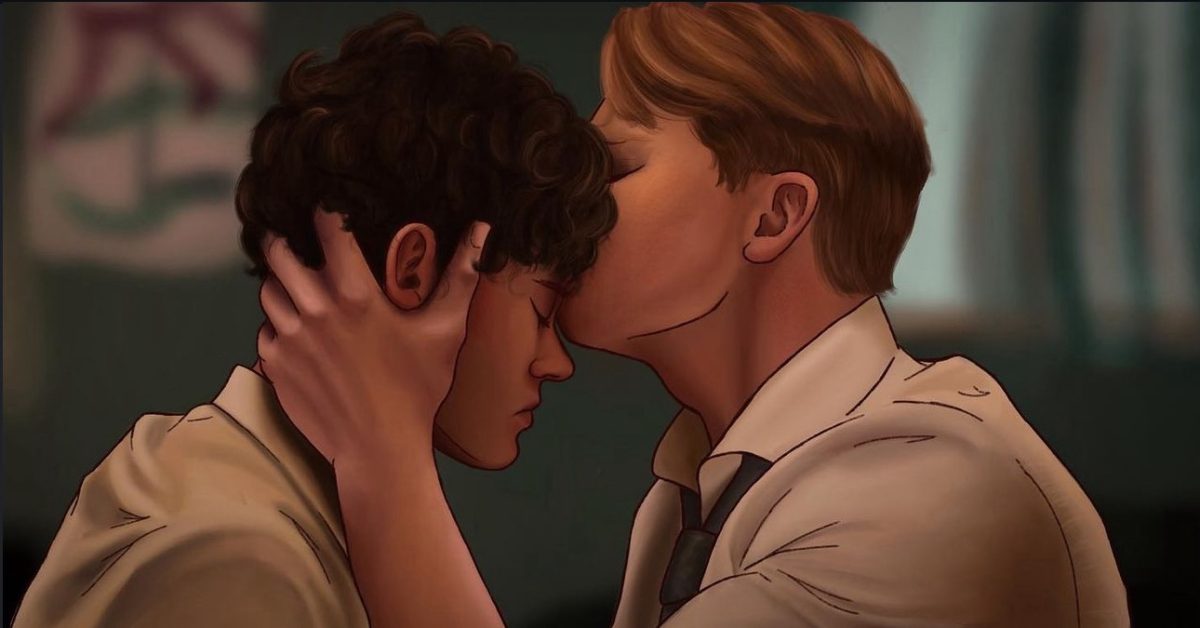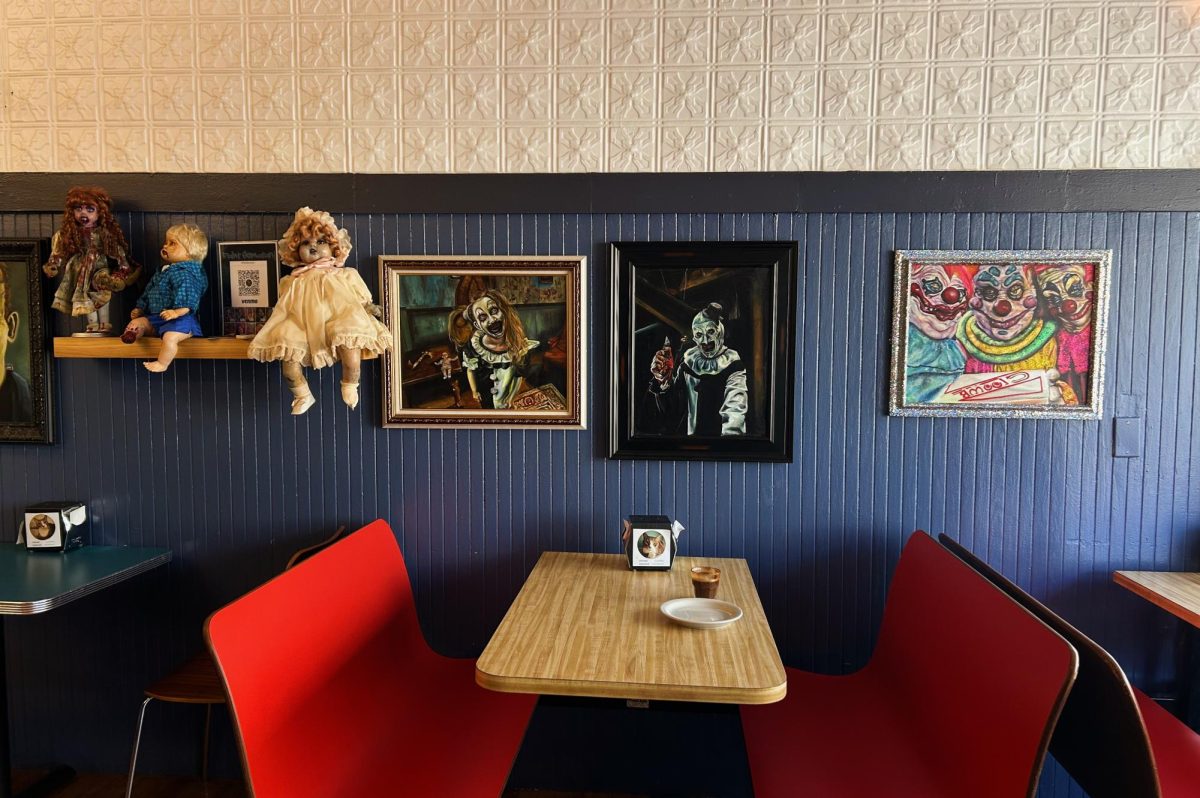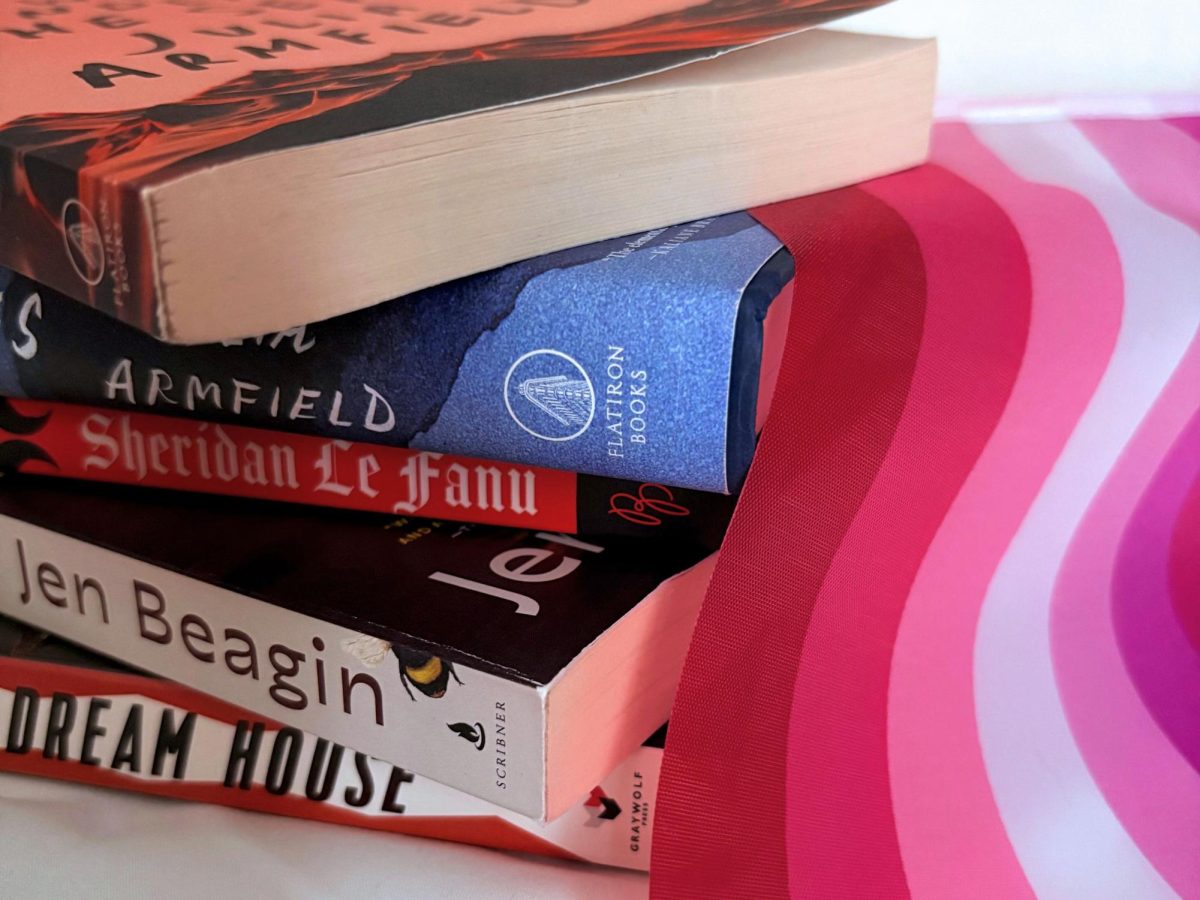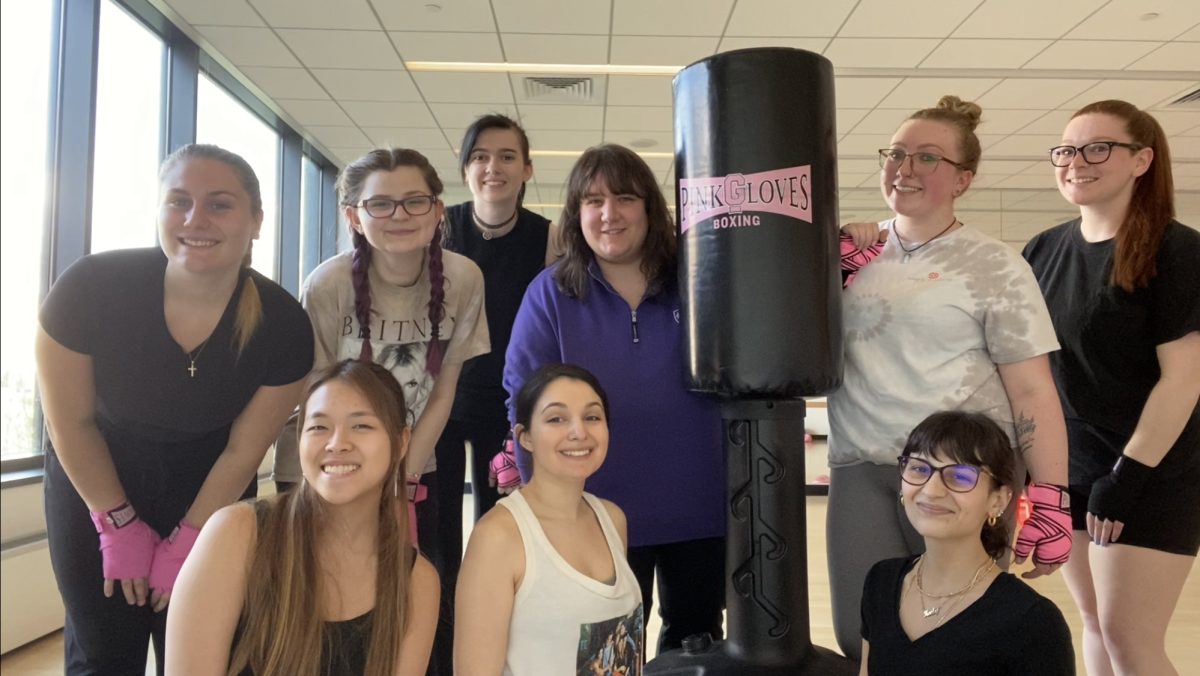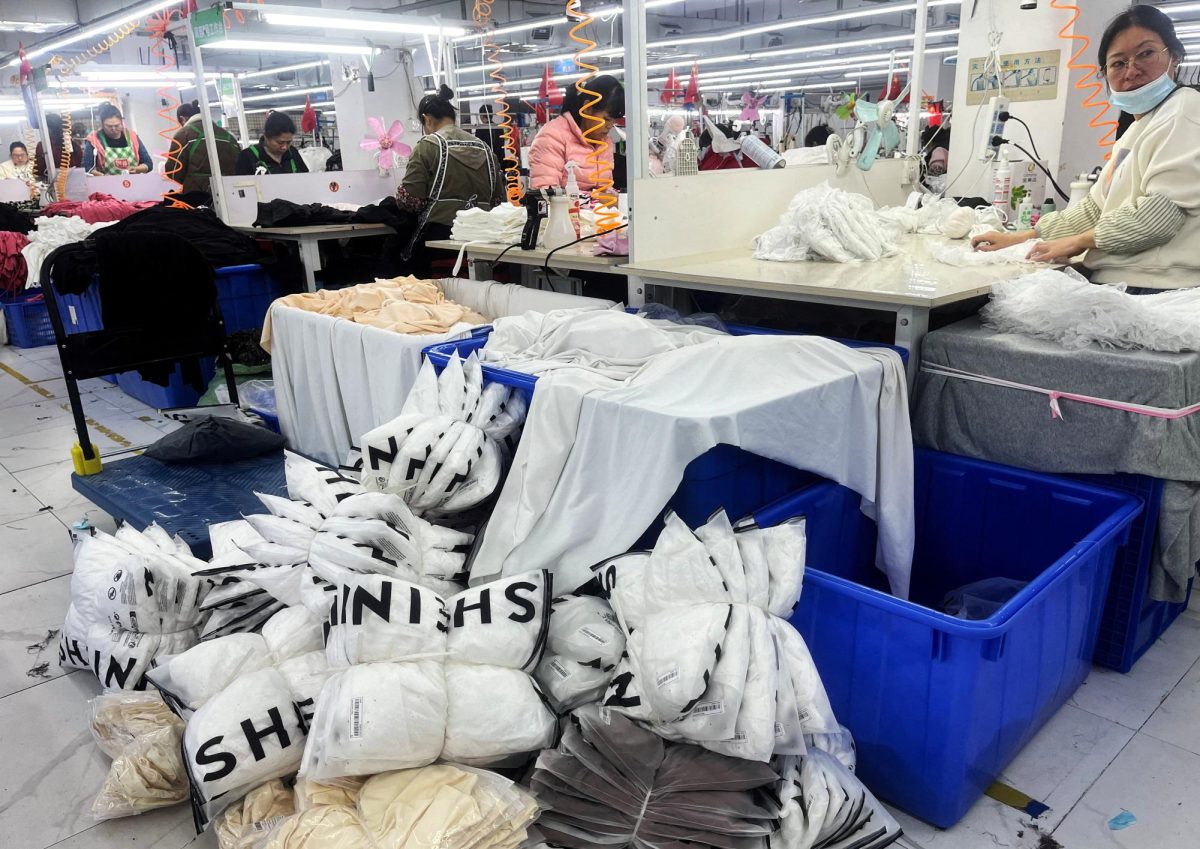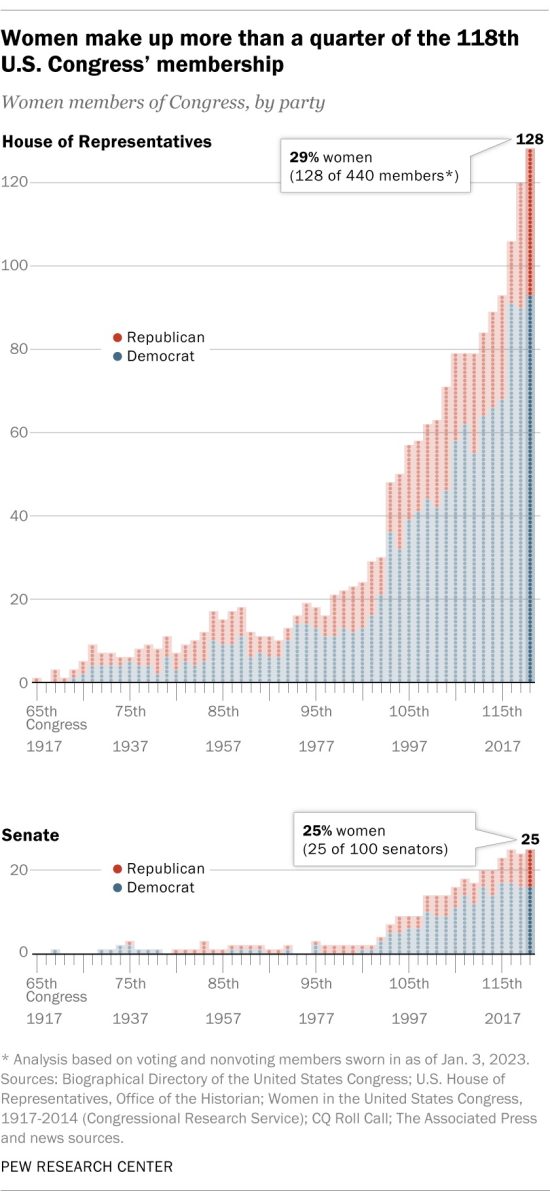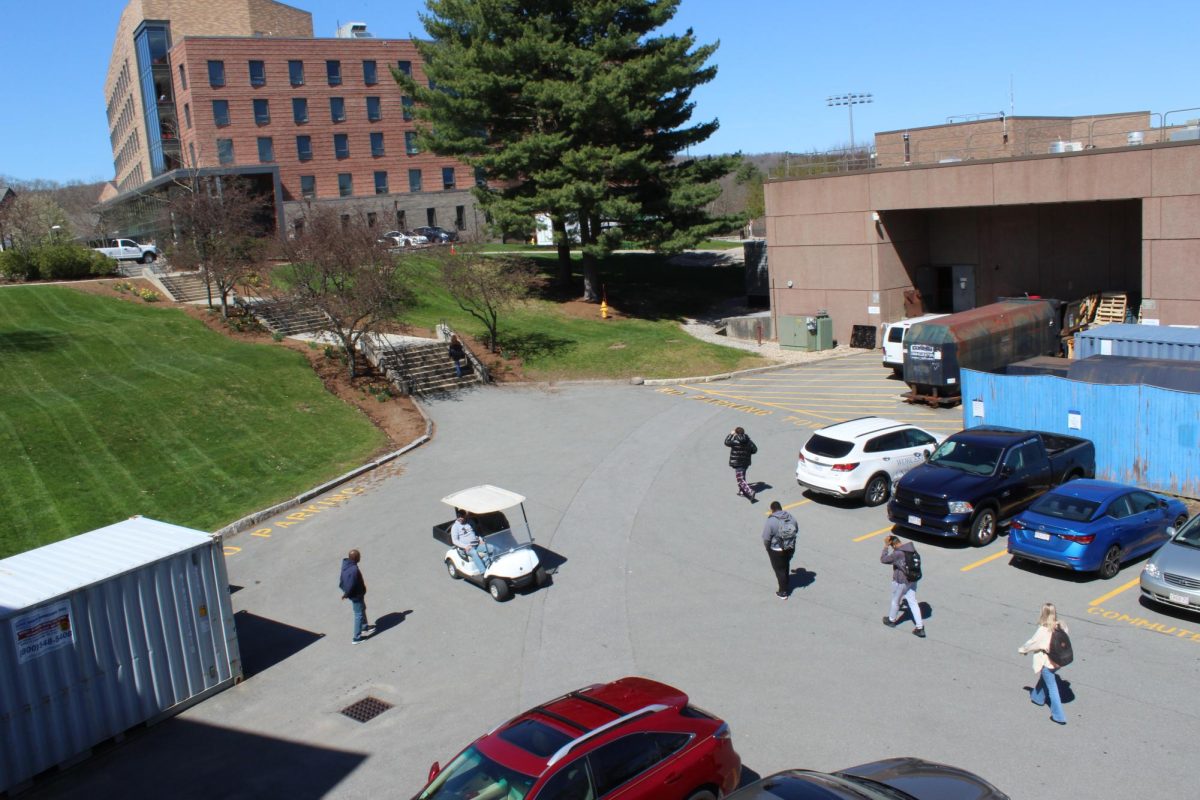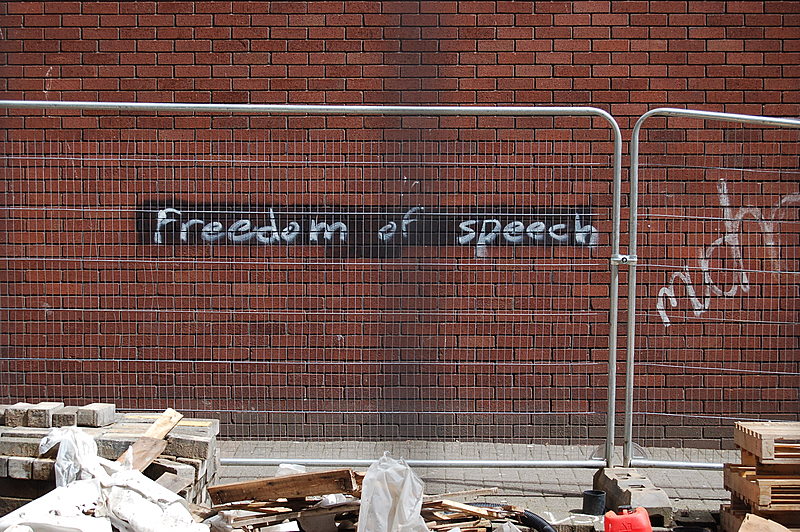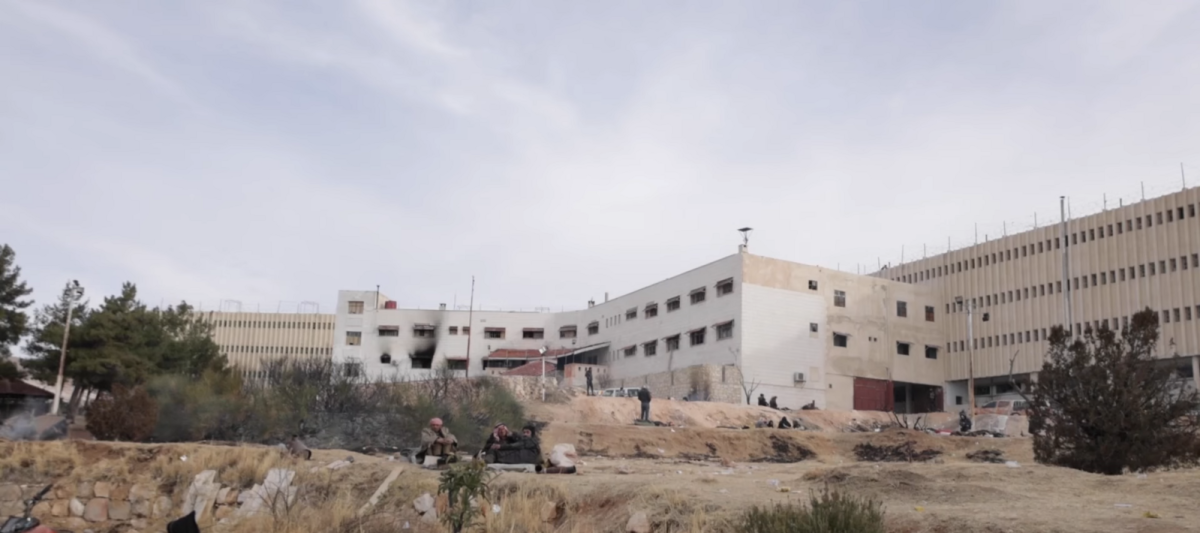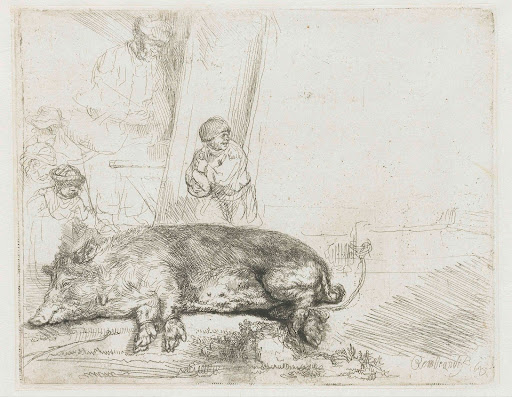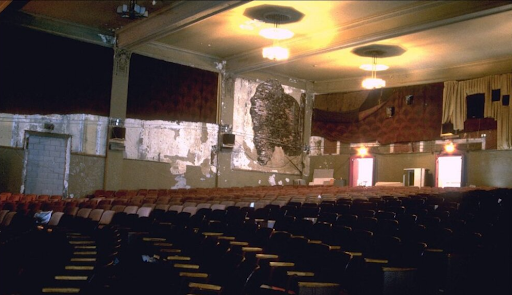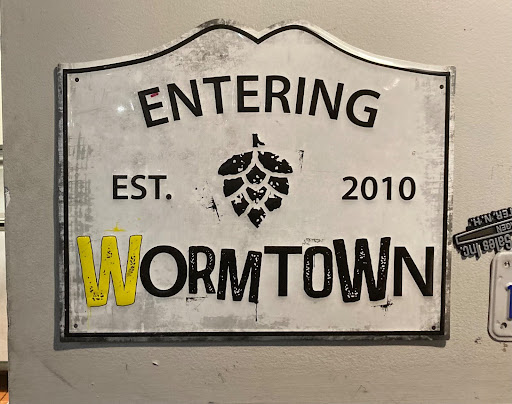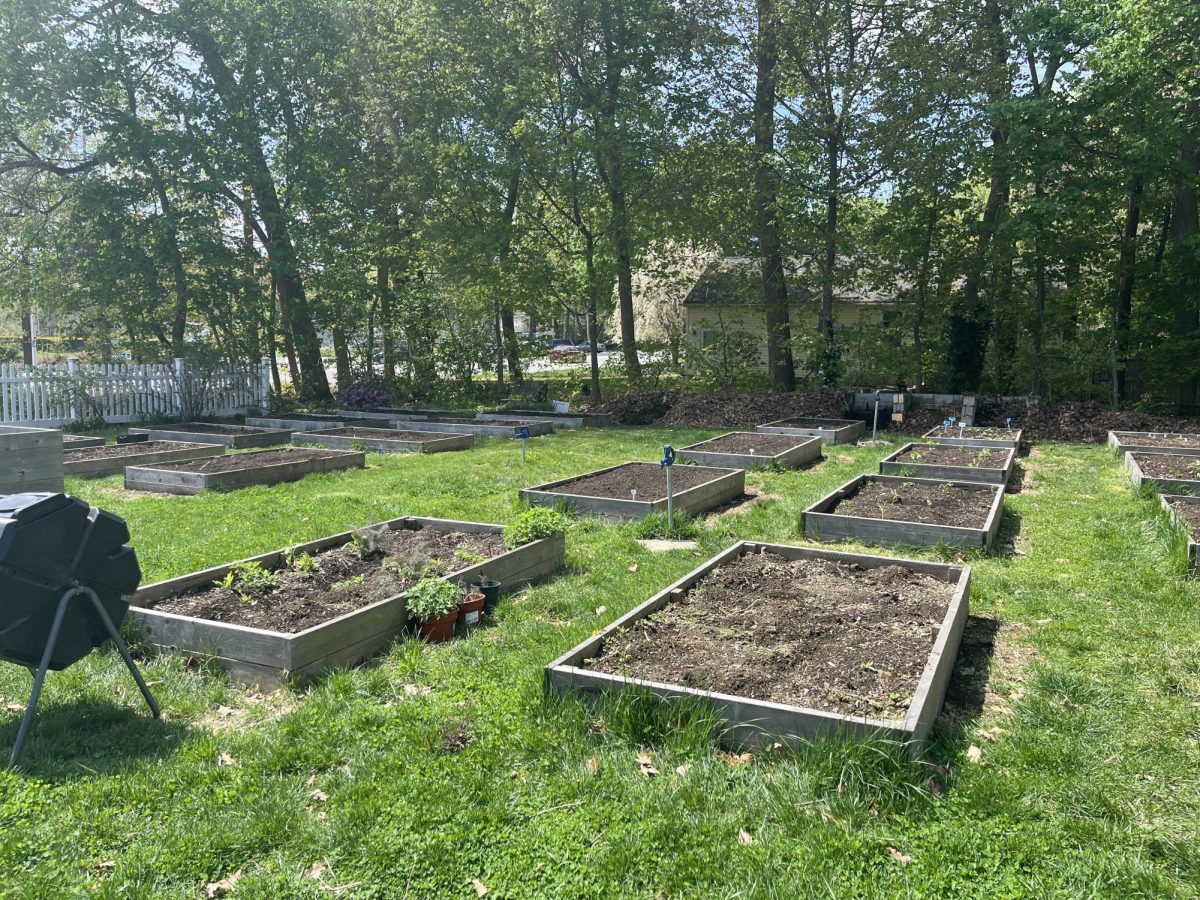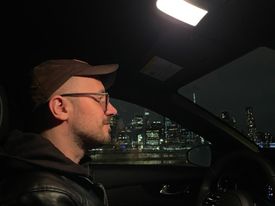If you grew up in Worcester, you’ve heard the city called ‘Wormtown’ before. If nothing else, you probably know that it’s home to the Wormtown Brewery, which, back in 2010, was one of the first breweries to open up in the city. The moniker vastly predates the corporate, PR-generated ‘Woo’ nickname that never entirely caught on.
Leonard Saarinen, a disc jockey at WCUW and WICN, coined the “Wormtown” name in connection with the city’s fledgling punk rock scene. On May 1, 1978, the first issue of the Wormtown Punk Press was published. Around the same time, Saarinen adopted the pseudonym L. B. Worm. “I was thinking rock and roll was dead. Dead, led to worm: led to Wormtown,” Worm told the Telegram and Gazette in an article commemorating the name’s thirtieth anniversary. Thus, “Wormtown” came to refer to the city’s music scene.
The name came to be used more broadly because it reflected the gritty feel of the city in decline that Worcester was by the 1980s. While Worcester spent much of the late nineteenth and early twentieth centuries as a bustling industrial city, deindustrialization hit hard. Crime spiked even as the population declined dramatically. From a high of 200,000 residents in the 1950s, the population reached a low of 165,000 by 1990, more than a 22 percent decline. By the late 1990s, Worcester was home to a punk and hardcore scene with bands that attracted national attention. Still, Wormtown fit.
When musician Bruce Springsteen began his national tour here in 1985, the New York Times found itself the object of a citywide boycott for asking, “Why is Bruce Spingsteen, the nation’s biggest rock-and-roll act, beginning his first national tour in two and a half years in this gritty central Massachusetts mill town?” The city’s residents took offense to that and to other characterizations in the article. “Worcester has been maligned as a dreary backwater whose sole attraction is its proximity to Boston, an hour’s drive away,” the Times continued. “Its abandoned railroad terminal, Union Station, stands forlornly at the edge of downtown, the entrance sealed with gray cinder blocks.”
At the time, Union Station did stand abandoned, and it wasn’t alone. The city was dotted by old factory buildings that stood forlorn, as did many homes. The train station was only rebuilt and reopened in the late 1990s, while downtown was still dominated by a dead mall. Though Worcesterites felt their civic pride injured by the outsiders at the New York Times, the “Wormtown” name became even more widespread.
Not everyone liked it, though. The late Jordan Levy, Worcester’s mayor from 1988 through 1993, told the Telegram and Gazette in 2018, “Worcester was struggling at that time. I just thought it was a demeaning connotation that described the city as being something that was really creepy, dirty, filthy. I’m not sure if worms are all those things, but when you talk about worms it’s not something you look forward to having for dinner.”
Levy was right; the city was struggling. In the late 80s and early 90s, during his tenure as mayor and chair of the school committee, the city’s public school system was in a state of collapse due to lack of funding. Jonathan Kozol noted in Savage Inequalities, his book on child poverty in America, that the city laid off a third of its teaching staff one year. The situation became so desperate that, in June of 1989, Levy led the school committee to declare a “snow day,” closing the schools and bussing teachers and kids to Boston to lobby then Gov. Dukakis for funding to bail out the school system. What could be more “wormtown”?
Despite the controversy, the name stuck. Even now, as Worcester goes through its much vaunted renaissance, the name isn’t going anywhere. Now many use the term wistfully, remembering the city in its grimier, but also scrappier, days. The Wormtown Brewery notes the special Worcester feel of the name on its website, saying that the term is “way cooler” than the city’s actual name, and that it “allows us to have that 3-decker attitude.”
L.B. Worm still maintains a sporadic online radio show at www.wurn.org. Over the decades, “Wormtown” has appeared on record labels, in local songs, as a music festival, and many other places – now including a student newspaper.



